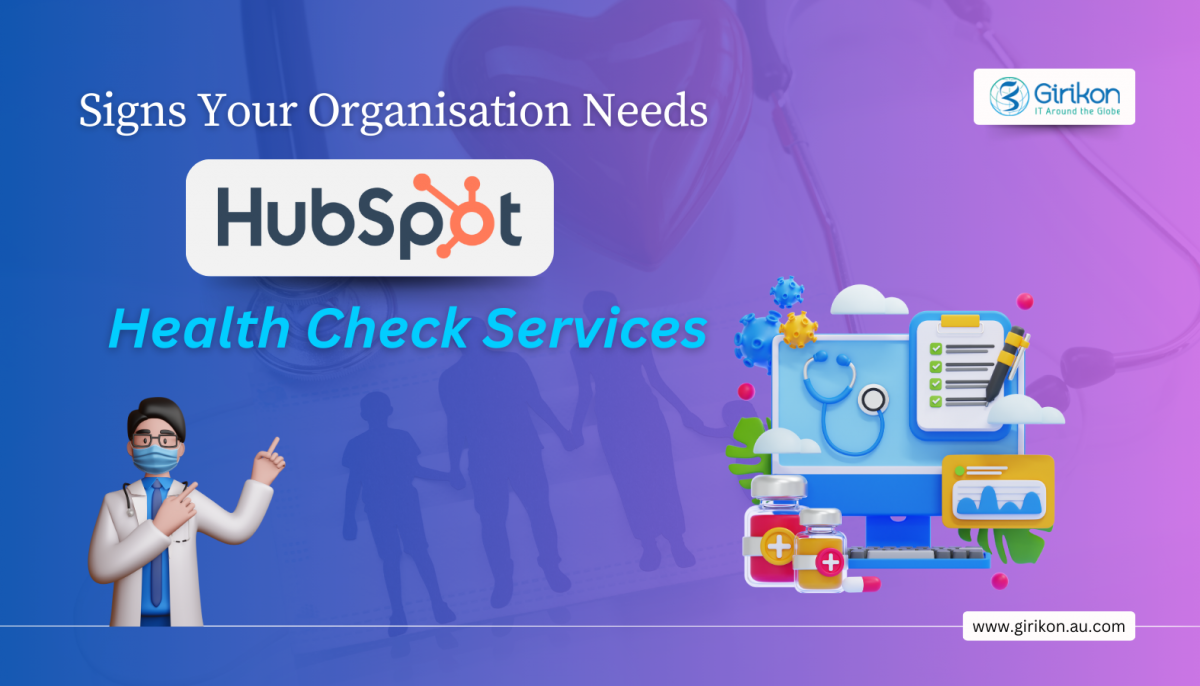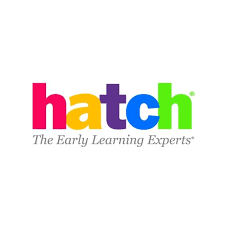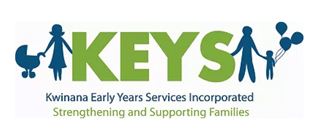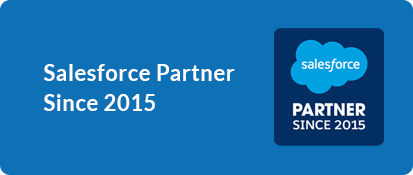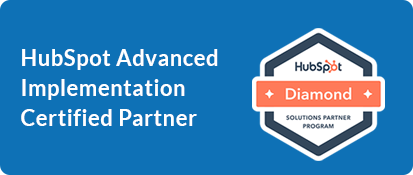Our Blogs
Your Sales Reps might spend an average of 28 hours per week scrolling through their inbox and communicating with customers and prospects via Outlook or Gmail. They also spend a lot of time on Salesforce. Together Salesforce and Outlook/Gmail play a significant role in ensuring business process efficiency. However, when used separately, your company might have to suffer from several disadvantages. Some of them are listed below:
● Valuable information gets trapped, limiting your staff’s visibility into different aspects of their customers. This lack of visibility results in inconsistent communication with customers or selling products and services irrelevant to customers’ needs.
● Several tasks have to be done twice, such as scheduling meetings and appointments or tracking contacts and tasks. The duplication of work that your sales reps have to do might cost your organisation more time and create a higher chance of making errors in manual data entry.

If your current business process is time-consuming, error-prone or leading to poor sales performance, it is about time your company considered integrating its email and calendar system with Salesforce.
Salesforce Outlook Integration and Gmail Integration are :
• Available in Salesforce Classic (not available in all orgs) and Lightning Experience
• Available with Sales Cloud, Service Cloud, and Lightning Platform in Essentials, Group, Professional, Enterprise, Performance, Unlimited, and Developer Editions
Salesforce Integration with Microsoft or Google email and calendar applications helps your sales reps:
• See relevant content about Salesforce contacts, such as Accounts, Opportunities, and sales cycles so that your sales reps know the context of the person they are communicating with to send the relevant information or sell the relevant products or services.

• Access Salesforce features in Outlook/Gmail, such as adding new contacts to Salesforce, creating Salesforce records (leads, opportunities, accounts, contacts and records based on custom objects), searching for Salesforce records and relating emails or events to Salesforce contacts.

Note: For your sales reps to relate emails to Salesforce records, they can choose among a few available manual options. They can use the ‘Log Email on Send’ feature of the Salesforce add-in for Outlook or Gmail to log an email while composing it. Besides, if they do not log the email before sending it, staff members can still do it afterward by using the ‘Log Email’ Option when reading that email.
Manual email logging is straightforward and helpful because the process helps create a history of your sales team’s communication with prospects and provides other team members with the context of a sales funnel. However, it is also very easy to forget to track emails, creating a gap in the history of emails.
In short, integrating Outlook/Gmail with Salesforce reduces the duplication of admin work that sales reps have to do for both environments, lowers the risk of making errors in manual data entry, and increases visibility into customers and prospects to boost collaboration.
However, if you want to go one step further with your Salesforce Integration, adding Salesforce Inbox to Outlook/Gmail Integration should be considered. As Salesforce Inbox’s Einstein Activity Capture automatically adds emails and events to the activity timeline of related leads, contacts, accounts, or opportunities, sales representatives no longer have to worry if they forget to log an email. Moreover, adding Salesforce Inbox to Outlook/Gmail Integration will boost your team productivity even more, with additional features such as automated meeting scheduling, email tracking, productivity, and analytics features.
If you still contemplate integrating Salesforce with Microsoft Outlook/Google Email and Calendar or need help implementing Salesforce Inbox, consider getting in touch with your local Salesforce partner. As a reputed provider of Salesforce Consulting services, Girikon also provides quality Salesforce Integration services that can help you expand the functionality of your CRM while improving the productivity of your sales team.

 +61-1300-332-888
+61-1300-332-888 +1-480-382-1320
+1-480-382-1320